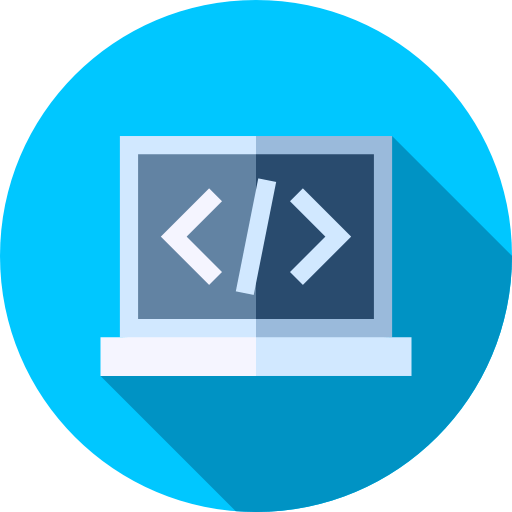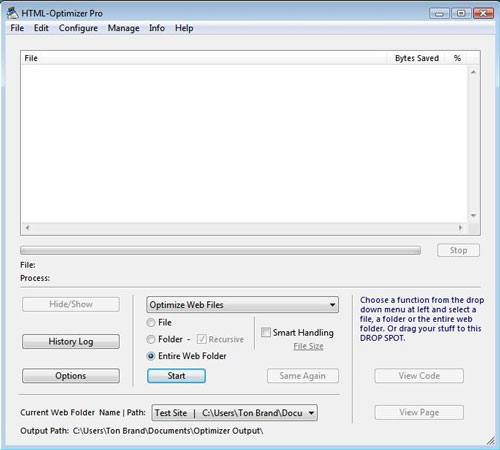
That can get a little complicated, and honestly it might be a little dangerous.

You can use sizes to match your CSS layout exactly and tell the browser exactly how big that image is going to be on every screen size, matching how your breakpoints work in your design. The sizes attribute is used to avoid this problem and, therefore, to help the browser choose the most optimized image for that case. That’s usually not an awful assumption to make.
Html optimizer for screen resolution full#
But, the assumption is that the image should be displayed in full screen (100vw). The browser, in this case, will choose the image best suited to its resolution.
With a very simple syntax, you can instruct the browser to decide which one of the different image sizes are needed: This is done through two attributes, srcset and sizes. The HTML5 element has been designed to give the developer the ability to optimize the images according to the screen resolution. It is an art because there is no one definitive answer.īut how we can optimize our images from mobile form in addition to using image magic or any other web optimization tool? The img element It is a science because there are many well developed techniques and algorithms that can significantly reduce the size of an image. Image optimization is both a science and an art. The fewer bytes the browser has to download, the less time the user will have to wait for the render of useful content on the screen. As a result, optimizing images can frequently yield some of the largest byte savings and performance improvements for your website. Images often account for most of the downloaded bytes on a web page and often occupy a significant amount of visual space.

By Riccardo Canella An intro to responsive image optimization with HTML5 and Intersection Observer


 0 kommentar(er)
0 kommentar(er)
